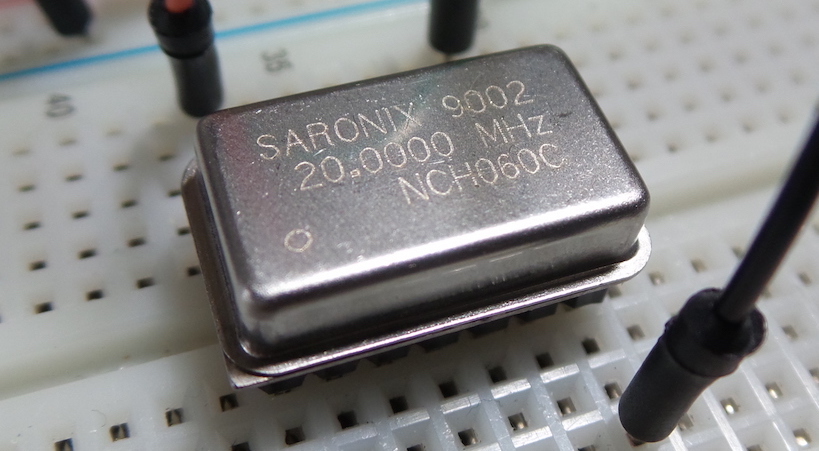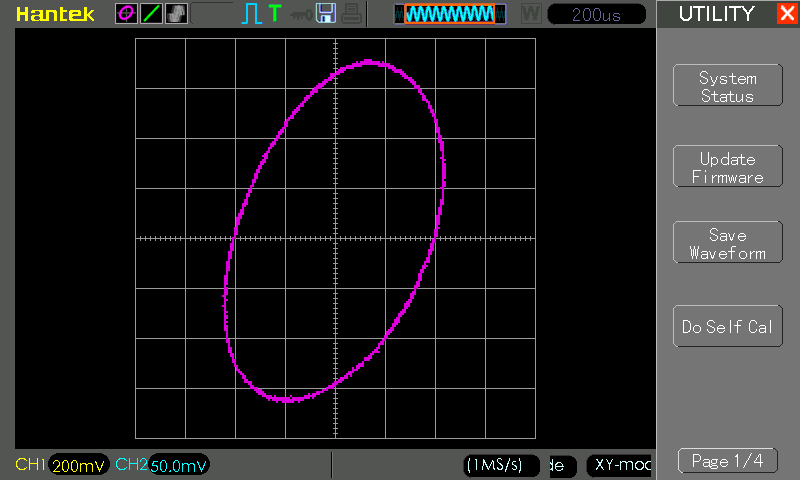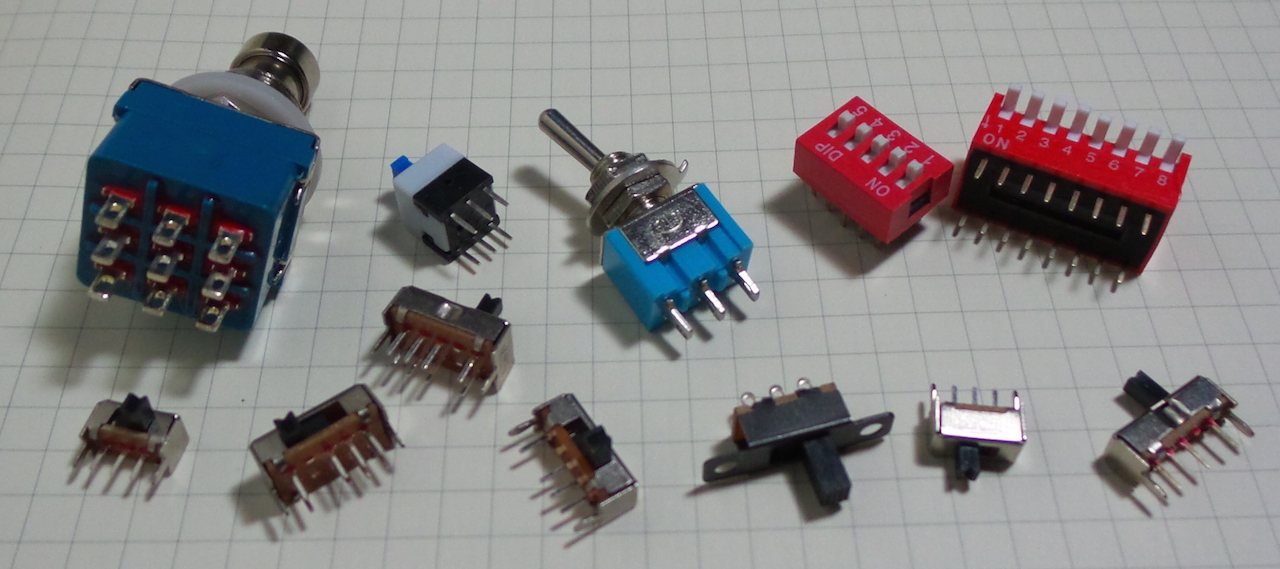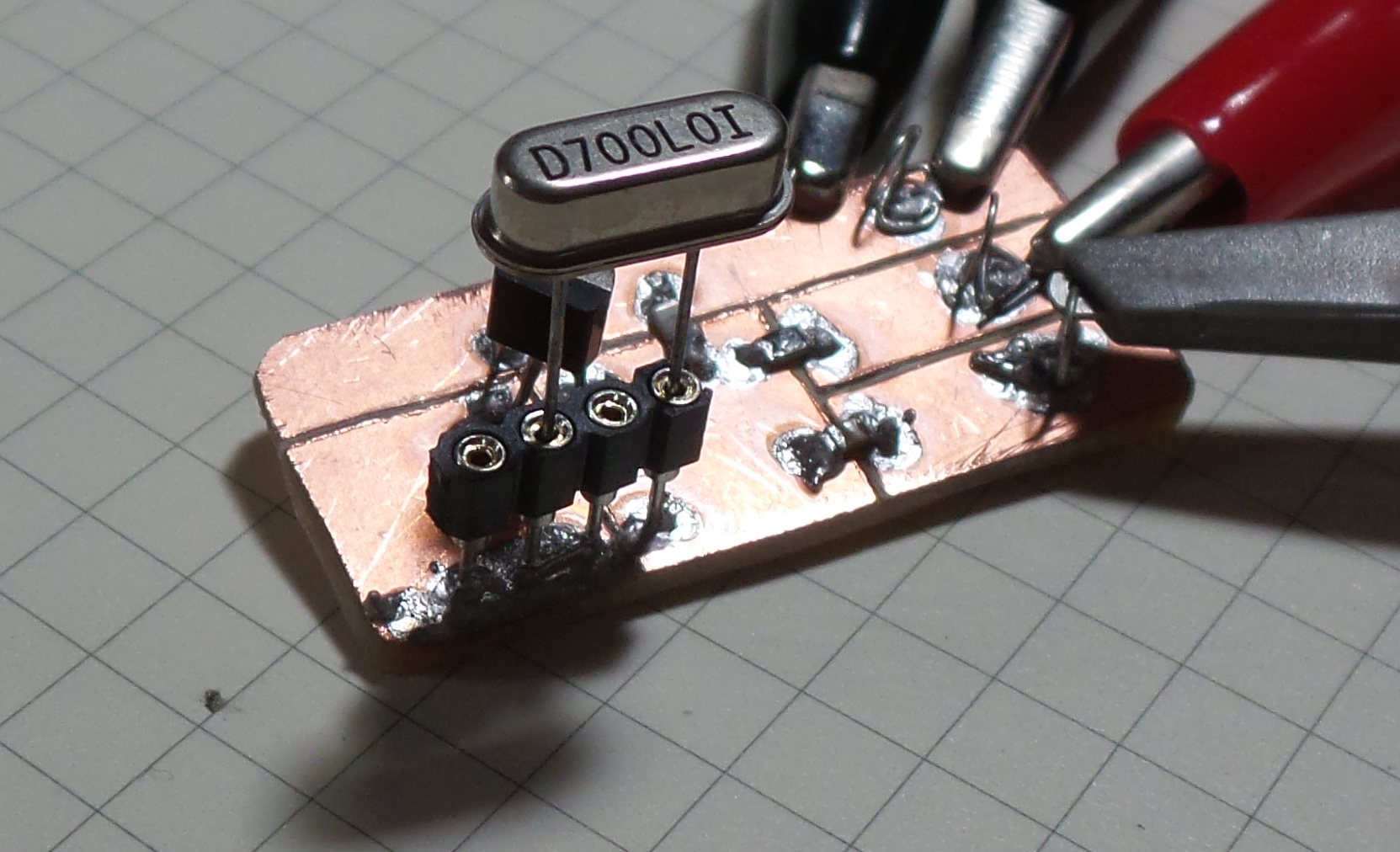LEAP#246 CMOS Oscillators
4-pin CMOS oscillators - like the SaRonix NCH060C I’m testing here - contain all the circuitry
necessary to produce an oscillation when voltage is applied.
Internal details are hard to find, but I’m guessing NCH060C is a combination of
crystal resonator with CMOS inverter gate and buffer.
As always, all notes, schematics and code are in the Little Electronics & Arduino Projects repo on GitHub

read more and comment..
LEAP#245 Generic Curve Tracer
I borrowed this general curve tracing circuit from
stoneslice’s prototype and video.
Rather than rely on an AC power supply, this uses a simple DC-powered oscillator to drive a test signal across the device under test.
It features a DPDT switch to toggle and compare two devices under test.
Although uncalibrated so not particularly good for accurate measurements, it generates nice plots
for resistors, capacitors, and diodes.
As always, all notes, schematics and code are in the Little Electronics & Arduino Projects repo on GitHub

read more and comment..
LEAP#243 Switches
Switches are the most basic of input devices for electrical and electronic systems.
Thorough coverage of the variety of switches can be found in works such as
Charles Platt’s excellent Encyclopedia of Electronic Components Volume 1,
and John M. Hughes’ Practical Electronics: Components and Techniques.
These are my notes on nomenclature and specific components - available in the Little Electronics & Arduino Projects repo on GitHub

read more and comment..
LEAP#242 Minimal Pierce Oscillator
The Pierce oscillator is a derivative of the Colpitts oscillator, and can be implemented using a minimum of components. Typically: a digital inverter, one resistor, two capacitors, and a crystal. The circuit I’m testing here is from KF5OBS,
which cuts this down even further by using a BJT in place of the digital inverter and taking advantage of the base-emitter capacitance to eliminate one capacitor
As always, all notes, schematics and code are in the Little Electronics & Arduino Projects repo on GitHub

read more and comment..